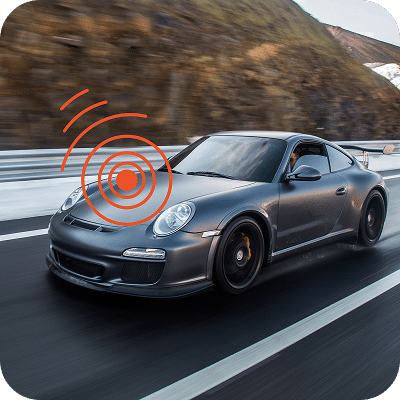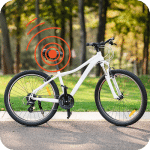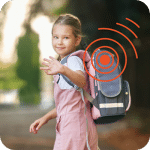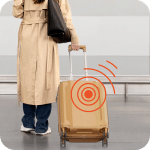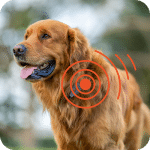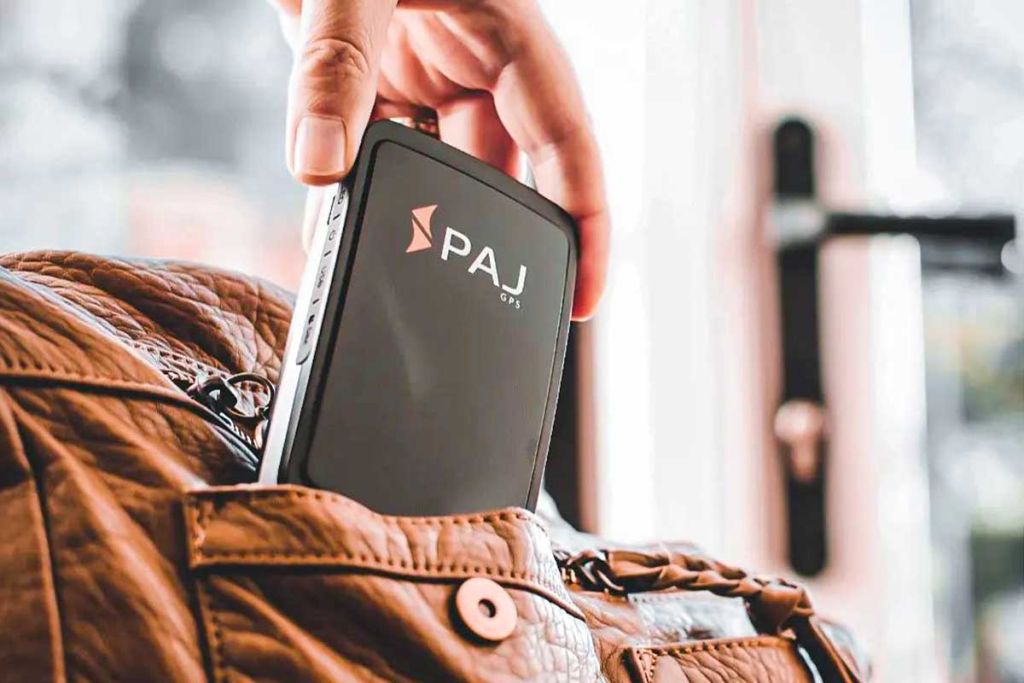Baggage trackers: Travel without fear
We have or known someone who lost, damaged, delayed or stolen their luggage while travelling. According to an Air Travel Consumer Report, in April 2022, around 220,000 bags were “mishandled” by U.S. airlines. With the increasing number of lost luggage cases each year, the financial burden that people have to bear is very high. This is where having a GPS tracker can be very handy.
With a baggage tracker, you can also guarantee that you will find your luggage as quickly as possible. The little helpers will also support you if your luggage ends up on the wrong plane.
Why airlines are missing baggage
This data clearly shows that, there is a significant rise in the number of people boarding flights every year. However, the corresponding rise in travelers has not matched by a proportional increase in airline baggage handlers, pilots, and other staff. Lack of staff is the prominent issue airlines are facing. This has increased the number of lost, mishandled or damaged luggage.
How a GPS tracker can help
Now, you might be scared to go on vacation with your packed clothes and accessories, but don’t worry; we have a perfect solution for you – a GPS tracker for your baggage.
This device is placed inside the suitcase, with our belongings, and emits a GPS signal that informs us in real time the exact location of our luggage.
The trackers work well over 100 countries and include a battery with autonomy for 30 days. In many cases, and thanks to the device, we can help the airline itself locate our luggage.
It means you always know where your luggage is and can be guaranteed to find it if it gets lost.
A GPS locator hidden in luggage protects against theft.
The most powerful application of this GPS locator is that they can protect your luggage against a possible theft attempt. There are numerous cases in which thieves steal suitcases at the airport, taking advantage of the confusion of times when there is a lot of traveler traffic. But with these trackers hidden in luggage, the moment we suspect that someone has taken our luggage, the trackers issue alerts and notify us of its position with a precision that can be within a few meters.
GPS tracker can also be an ally for travelers in times of danger. There are times when we travel, we find ourselves in risky situations. And if we end up in danger and isolated in a strange place, who do you call for help?
If you have a PAJ GPS tracking device, the device has a built-in SOS button that alerts whoever you want to receive that message within minutes. They will receive a push notification along with the exact location. Even if you are lost and don’t know how to get to your destination, or if you think someone is following you with malicious intentions, the locator will notify your family or friends to help find you and get you to safety.
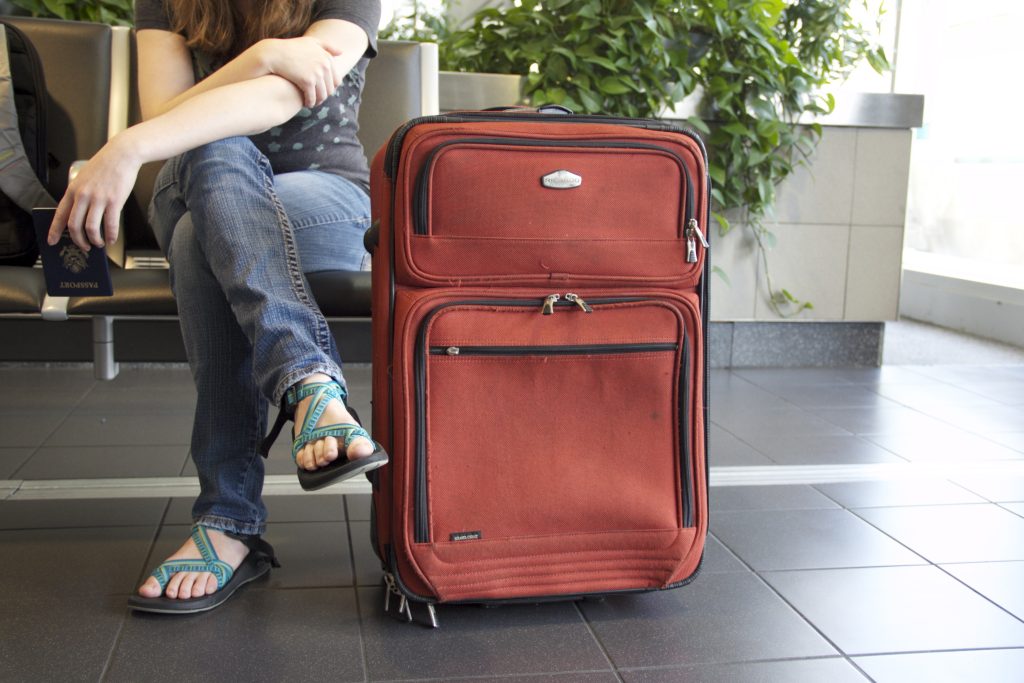
Can I take a GPS tracker on a plane?
Now, a few questions may arise as a concern: will carrying a GPS tracker in your luggage cause unnecessary issues during the boarding process?
Can a GPS baggage tracker be taken on a plane ride?
Yes, GPS baggage trackers are safe to carry with your luggage while boarding flights.
This was also confirmed to us in writing by the airline Eurowings : “We allow a GPS tracker that is switched on and packed in a suitcase. In principle, there are no objections to taking the mentioned item with you in checked baggage.”
From a legal perspective, it would only become a problem if you took the GPS tracker in your hand luggage and refused to turn it off when asked.
However, if you pack the tracker in your suitcase, and it becomes apparent during the loading process that disturbing signals are coming from it, in the worst case scenario, the suitcases would have to be stored at the airport for the time being. You will then be contacted as a passenger and discussed what happens next. However, it is legal to take an activated GPS tracker with you.
The signals of a switched-on tracker should not be strong enough to cause interference on the aircraft.
